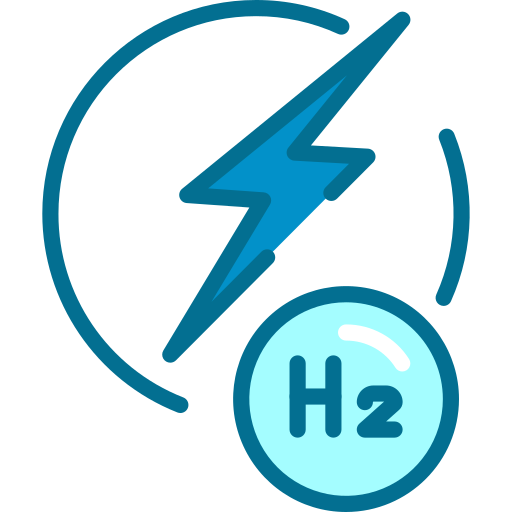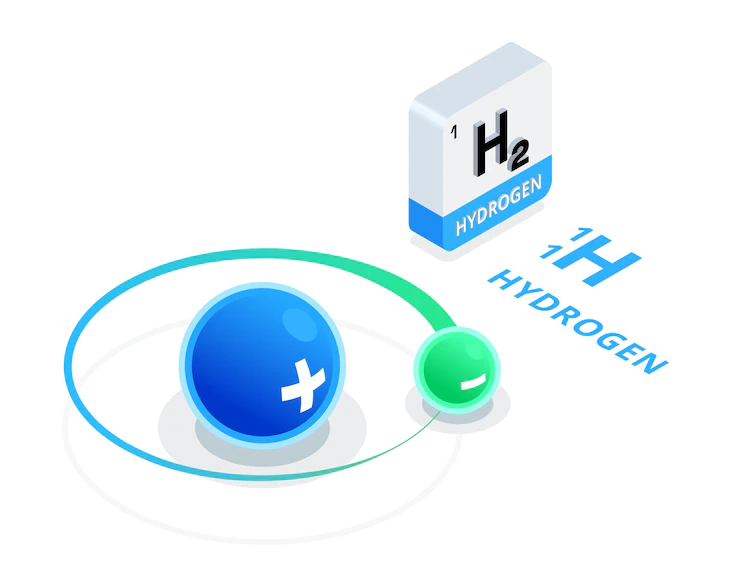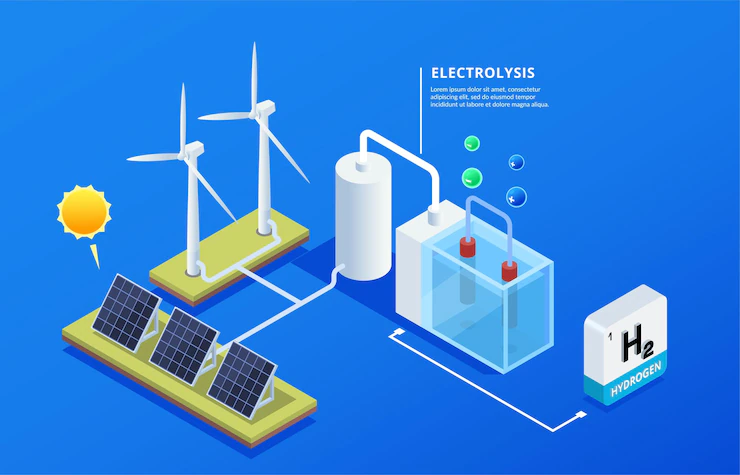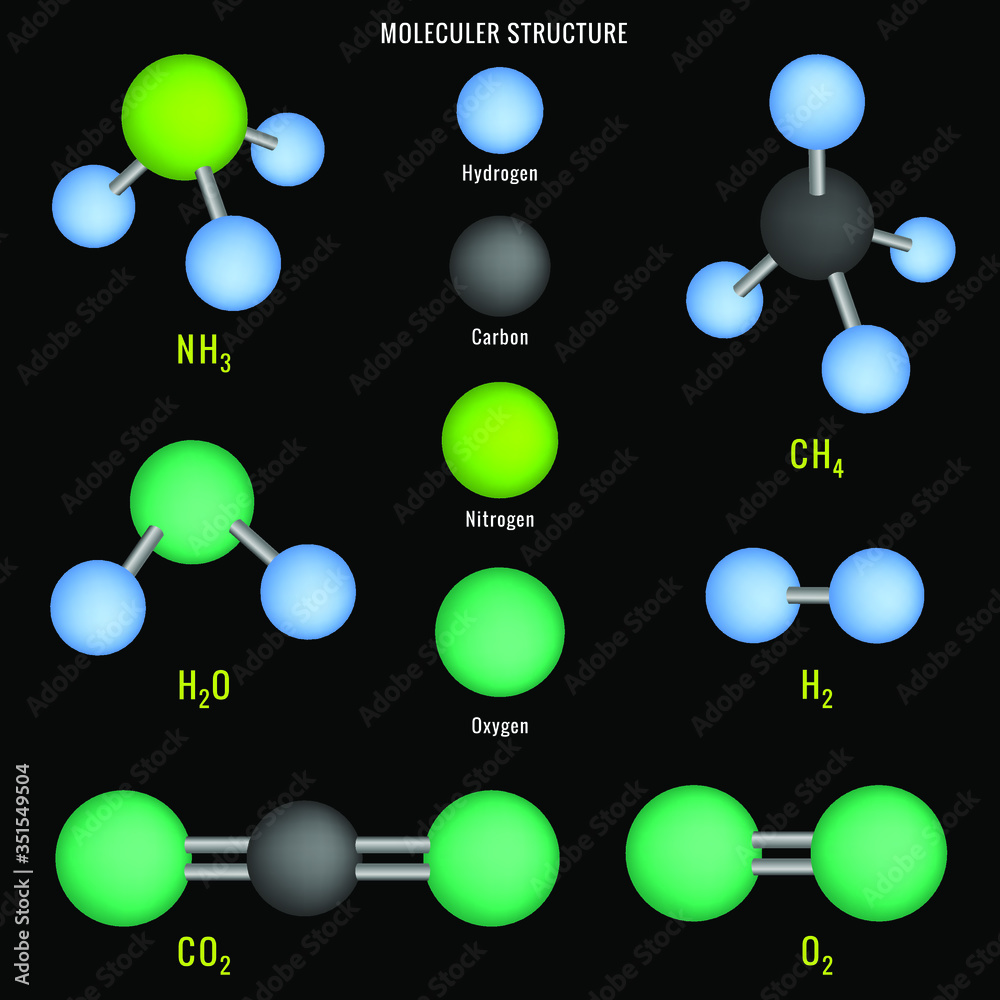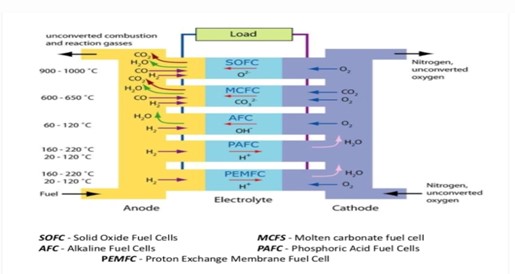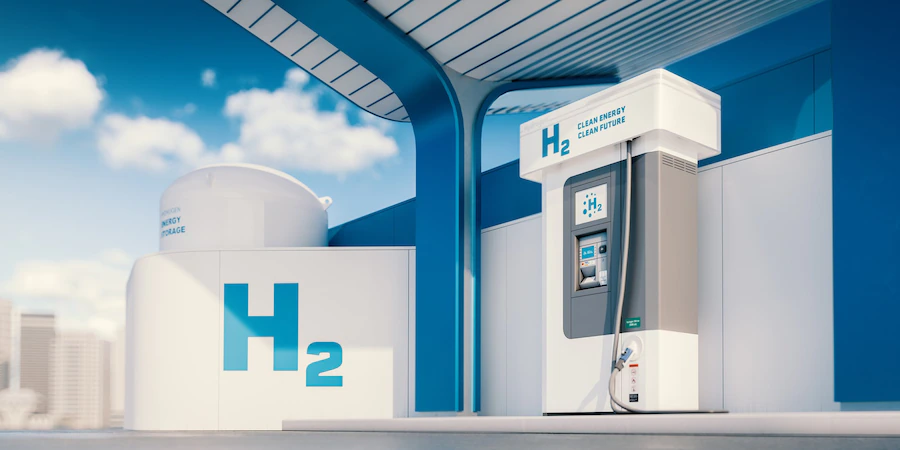Francesco LaCamera, General Manager, said:toInternational Renewable Energy Agency (IRENA) Hydrogen can prove to be the missing link for a climate-secure energy future.” “It is clear that hydrogen is riding on the renewable energy revolution with the emergence of green hydrogen as a game-changer to achieve climate neutrality without compromising industrial growth and social development, but hydrogen is not new oil, and the transition is not an alternative to fuels. But it has turned into a new system with political, technical, environmental and economic turmoil
It is green hydrogen that will bring new and diverse participants to the market, diversify roads and supplies and transform energy from less to more. Through international cooperation, the hydrogen market can be more democratic and inclusive, providing opportunities for both developed and developing countries.and
More than 30% of hydrogen could be traded across borders by 2050According to Irina, which is a higher share than natural gas today. Countries that have not traditionally traded energy are building bilateral energy relations around hydrogen
With more players and new classes of net importers and exporters emerging on the global stage, the hydrogen trade as a weapon is unlikely to become a weapon, in contrast to the geopolitical impact of oil and gas.
Cross-border hydrogen trade is set to grow exponentially with more than 30 countries and regions planning active trade already today.
Some countries that expect to be importers are already deploying hydrogen diplomacy such as Japan and Germany
Fossil fuel exporters are increasingly looking at clean hydrogen as an attractive way to diversify their economies eg Australia, Oman, Saudi Arabia and the United Arab Emirates. However, broader economic transformation strategies are required because hydrogen will not offset losses in oil and gas revenues
The technical potential for hydrogen production far exceeds the estimated global demand
Countries that are more capable of generating cheap renewable electricity will be in a better position to produce competitive green hydrogen, while countries like Chile, Morocco and Namibia who are net energy importers today, are poised to emerge as exporters of green hydrogen. Realizing the potential of regions such as Africa, the Americas, and the Middle East Oceania can reduce the risk of export concentration, but many countries will need large-scale technology and infrastructure transfer and investment.
The geopolitics of clean hydrogen likely play different stages
The report believes that the first decade of the twenty-first century was a great race to lead technology, but demand is expected to increase in the middle of the third decade of this century.
By then, green hydrogen will compete in cost with fossil-fuel hydrogen globally, and is expected to occur earlier even in countries such as China, Brazil and India.
Green hydrogen was already within everyone's reach in Europe during the natural gas price hike of 2021. Renovation of natural gas pipelines is likely to increase demand and facilitate hydrogen trade.
Countries with broad renewable potential can become sites of green manufacturing, using their potential to attract energy-intensive industries. Moreover, owning a stake in the hydrogen value chain can enhance economic competitiveness. Manufacturing equipment such as electrolyzers and fuel cells in particular can drive business. China, Japan and Europe have already developed an early start in production, but innovation will shape the current manufacturing landscape even more
